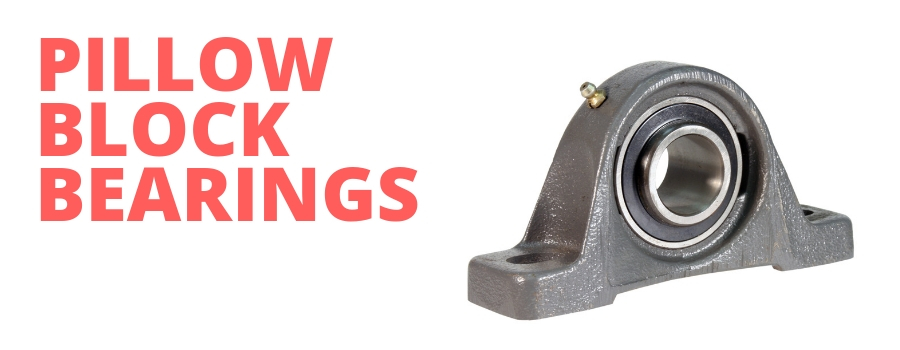Recent Posts
Pillow Block Bearings as a Pillar of Industry
Posted by on

Way back in 1794, the first patent ever awarded for a ball bearing design was credited to Philip Vaughn of Great Britain. Since then, many things have changed in the bearing industry, however, the concept has remained similar in many aspects. The purpose of bearings is to reduce heat and stress caused by friction while allowing for linear movement or rotation. The "ball" shape enables industrial machines or parts to roll, similar to the concept of a wheel. Pillow Block Bearings are no different in their application, but they're unique in their design and housing.
How is a Pillow Block Constructed?
The configuration of a pillow block bearing is as follows:
- Housing: The block housing has mounting holes to enable the pillow block bearing to be attached to various surfaces. An "unsplit" pillow block housing supports the base while also wrapping around the bearing ring as one complete piece. "Split" pillow block housings allow the housing cap to be removed from the base of the pillow block. Most housings are comprised of cast iron or steel, although in more stressful environments aluminum may be used.
- Outer Ring: The outer ring of the pillow block bearing is circular shaped on the outside and contains the working parts of the bearing.
- Grease Nipple and Hole: The grease nipple extends from the outer ring to allow for lubrication. The hole below is where the grease flows in order to keep the inner parts properly lubricated.
- Seal: The seal prevents dirt and other foreign substances from contaminating the inner workings of the bearing.
- Ball "Runner Cage": This is where the ball bearings are contained in order to protect them while allowing them to freely roll inside of the round cage.
- Hex-Shaped Set Screw: For connecting and securing the shaft inside of the bearing, while allowing tension to be applied or diminished.
- Inner Ring: This is what the cage rotates on, while also securing the object needing to rotate.
Applications of a Pillow Block Bearing
Uses of pillow block bearings include industrial or light conveyor setups such as assembly lines or other manufacturing and production environments. They are most commonly used for shafting and rotating parts while mounted to a base surface. Their diversity and design allow them to be used on most any surface, including inclining, horizontal, or vertical mounting structures. In general, a pillow block bearing is frequently found anywhere that a linear application and execution are required.
Where do I Find Pillow Block Bearings?
When you want the right parts for the job with quality, dependability, and satisfaction at the forefront, your best place to find pillow block bearings is with The Big Bearing Store. They have a knowledgeable and friendly staff who prioritizes customer service, which is why their customers faithfully return to them for all of their agricultural, industrial, and other bearing needs.

